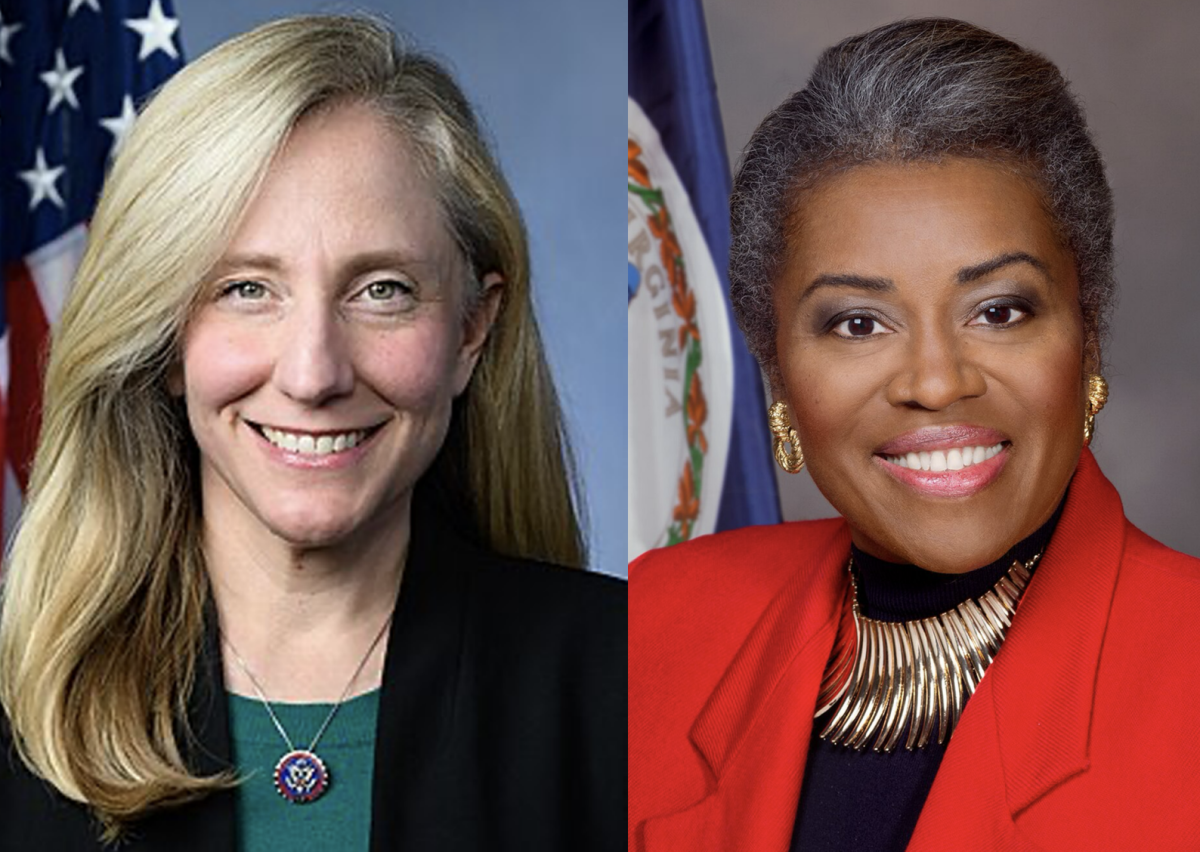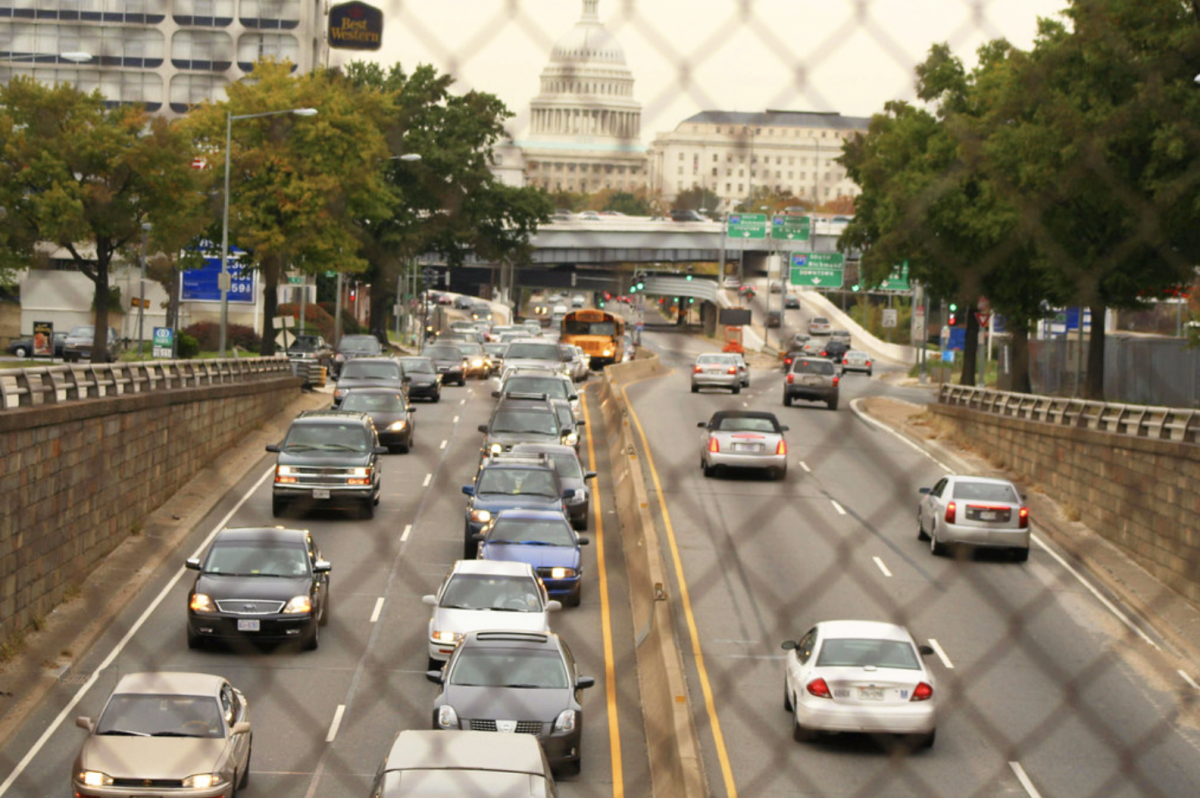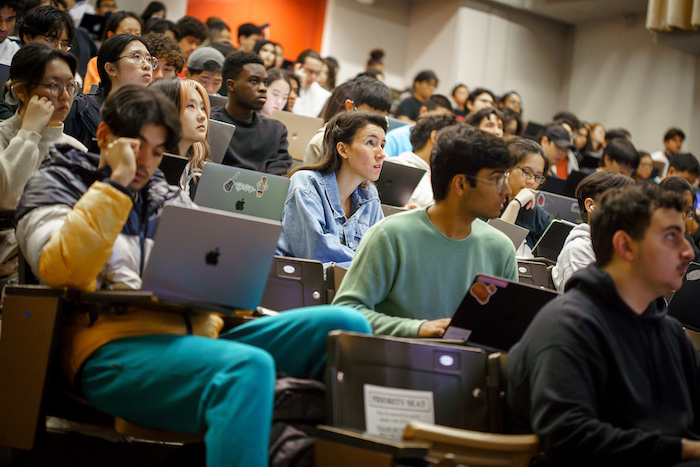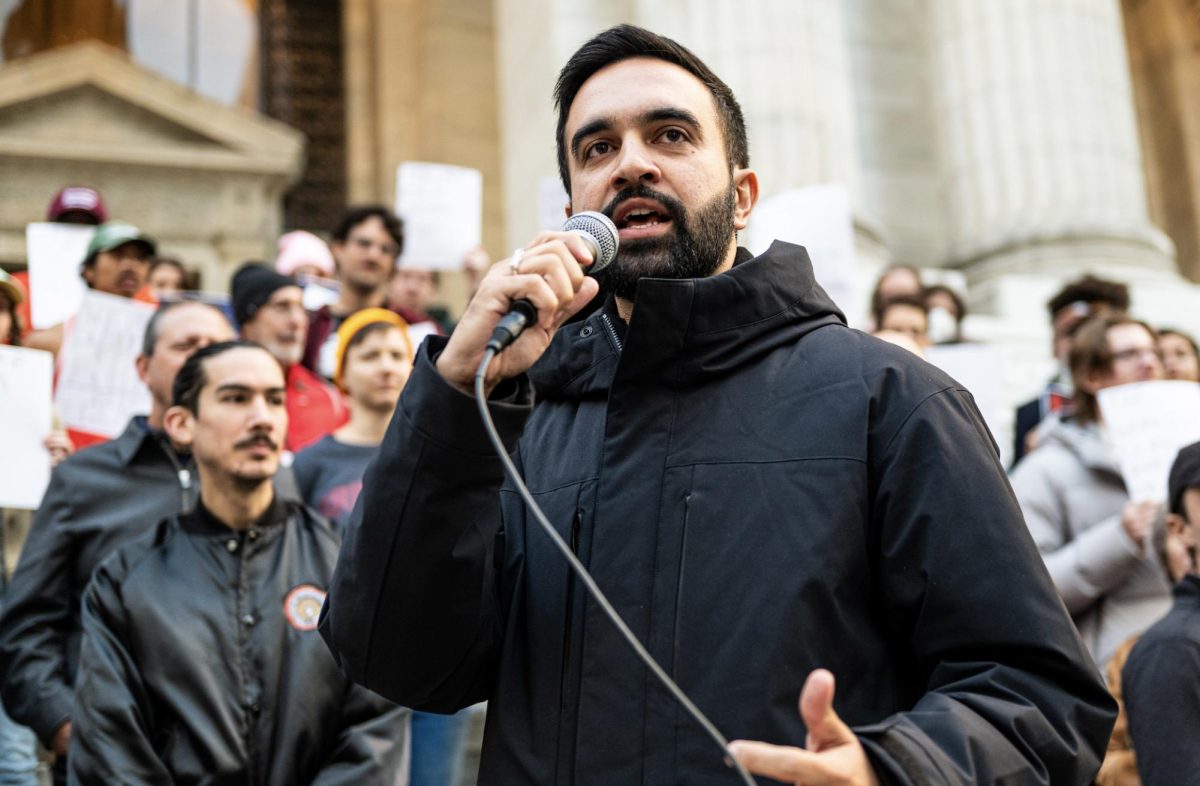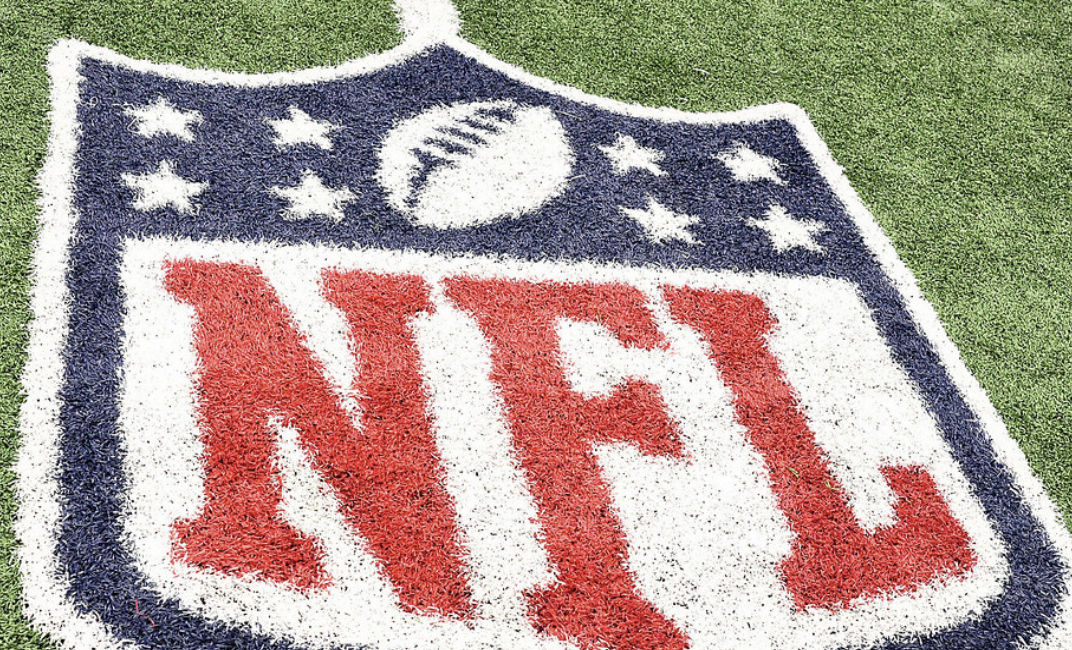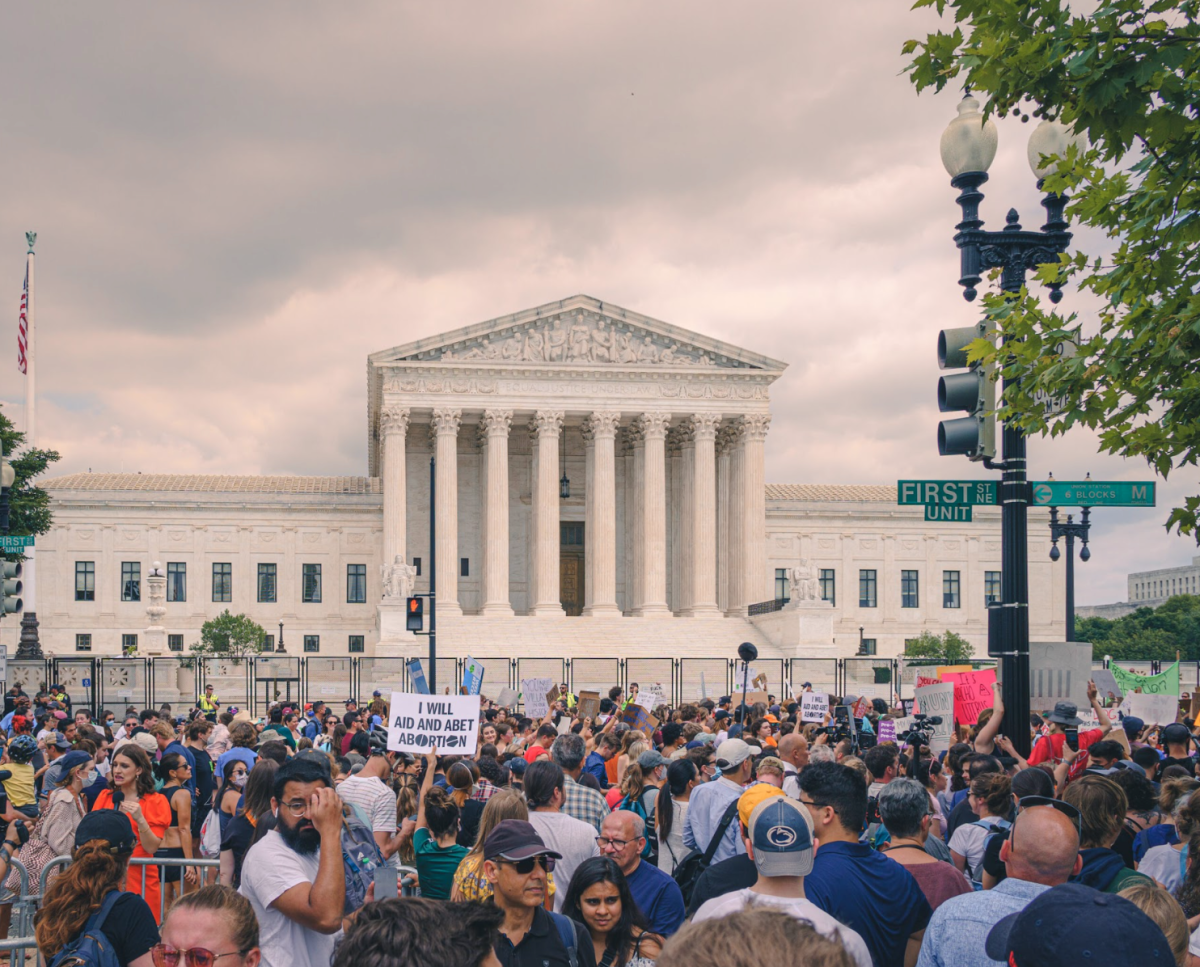On June 29, 2023, the Supreme Court reversed its 2003 ruling allowing institutions to utilize race-conscious admissions when considering applications. Under the court’s 2003 decision, Harvard University and the University of North Carolina were allowed to consider race in admissions decisions. When it was first created, race-conscious admissions were used in order to achieve a higher level of diversity in higher education and increase its accessibility for underrepresented minorities. Race-conscious admissions, however, ultimately created new forms of inequality in the admissions process.
According to NPR, Justice Clarence Thomas, the second Black justice appointed to the Supreme Court, said of race-conscious admissions, “While I am painfully aware of the social and economic ravages which have befallen my race and all who suffer discrimination, I hold our enduring hope that this country will live up to its principles that … all men are created equal, are equal citizens, and must be treated equally before the law.”
The ban of race-conscience admission by the Supreme Court was equitable because it levels the playing field for students of all races. This decision makes it so all people, regardless of race, have an equal opportunity to be accepted into prestigious universities and other institutions. No race should have a higher chance of getting into schools than another.
While technically independent of race-conscious admissions, legacy considerations are an additional mechanism benefiting white and upper class applicants. Due to lawsuits placed against colleges in regards to legacy admissions, the Supreme Court could see a case relating to the advantage legacy applicants and those related to donors or staff have in college admissions. If the Supreme Court rules similarly to how they did on June 29, their future decision could take away advantages that white students have had when getting into colleges, proving the Supreme Court’s equitability. A study at Harvard shows that 43% of white students have been accepted into Harvard through legacies, being an athlete or having relatives that are donors or staff. So, if the Supreme Court puts an end to legacy- and relative-favoring in admissions, both white students and students of color will not have any advantages over one another.
Many people believe that without race-conscious admissions, colleges would admit predominantly white and Asian-American students. However, the majority of the Supreme Court determined that the United States has had race-conscious admissions in place for enough time for minorities to have been fairly represented in admissions that they are now equal to white people in college admissions. Thus, they believe that race-conscious admissions are no longer necessary and colleges will remain diverse.
As race-conscious admissions could not exist forever, the Supreme Court decided the correct time to end it is now. By banning race-conscious admissions, colleges can be racially balanced and remain diverse. All applicants now are placed on a level playing field with race-conscious admissions banned, and if the Supreme Court decides in the future that considering legacy students is unconstitutional, even more beneficial change will follow. As race is no longer a factor that colleges can consider, institutions now have an opportunity to look at the qualities beyond one’s race.








